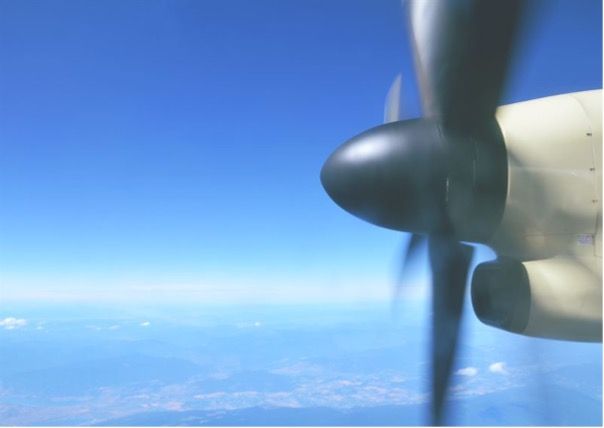Researchers in Sweden have developed a propeller design optimization method that will help engineers create quieter and more efficient electric aircraft.
The research conducted at Chalmers University of Technology has isolated the phenomenon of tip vortices on propeller blades and how they impact blade performance and noise emissions. The researchers involved believe the methodology developed will enable engineers to developelectric aircraft that are quieter and more efficient.
Most electric aircraft currently in development and planned use propellers and feature shorter ranges, because of weight and battery capacity constraints. Propellers connected to electric motors are considered the most efficient propulsion system for regional and domestic flights.
However, propellers cause noise and especially if many electric aircraft, such as eVTOLs, fly at relatively low altitudes, there is potential for increased disturbance to reach residential areas and animal life. The issue is often flagged as a potential barrier to the mainstream introduction of eVTOL aircraft in urban areas.
Hua-Dong Yao, associate professor, researcher in fluid dynamics and marine technology at Chalmers University of Technology and a lead researcher on the project says, “We can see that the more blades a propeller has, the lower the noise emissions.
“But with fewer blades, propulsion becomes more efficient and the electric aircraft can fly for longer. In that sense, there is a trade-off between energy efficiency and noise. This is something of an obstacle for electric aircraft that are both quiet and efficient.”
Researchers have succeeded in isolating and exploring the noise that occurs at the tip of the propeller blades – tip vortices – a known but less well-explored source of noise.
In isolating this noise, the researchers were able to fully understand its role in relation to other noise sources generated by propeller blades.
By adjusting a range of propeller parameters, such as pitch angle, chord length and the number of blades, the team found a way to optimize the propeller design and even out the trade-off effect between efficiency and noise.
The method, described in the study “Blade-Tip Vortex Noise Mitigation Traded-Off against Aerodynamic Design for Propellers of Future Electric Aircraft” has been published in the journal Aerospace, and can now be used in the design process of quieter propellers for future electric aircraft.
Yao says, “Modern aircraft propellers usually have two to four blades, but we’ve found that by using six blades designed using our optimization framework, you can develop a propeller that’s both relatively efficient and quiet. The propeller achieves a noise reduction of up to 5-8 dBA with only a 3.5% thrust penalty, compared to a propeller with three blades.
“That’s comparable to the noise reduction of someone going from speaking in a normal conversation voice to the sound you would perceive in a quiet room.”





